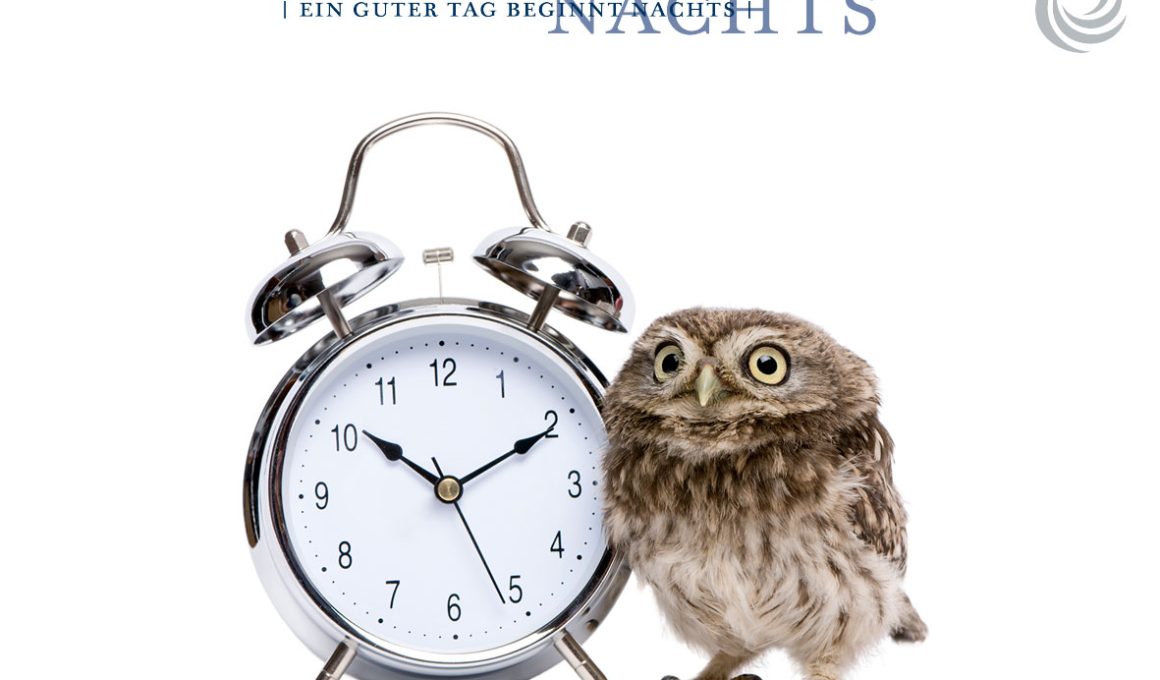Lark and owl – this is how human sleep types are fundamentally categorised by research. Behind this are two so-called chronotypes, each with their own internal biological clock. Early risers are known as larks: They already feel fresh and rested in the early hours of the morning. In return, larks go to bed very early. Owls are the exact opposite: they find it difficult to get out of bed in the morning, but are still awake for a long time in the evening and are able to concentrate well just then.
Basically, we are all genetically predisposed to one of these sleep types. And no matter how hard we try to get used to it, we always fall back into our innate sleep rhythm. The chronotype also determines suitability in social life: According to sleep research studies, early risers usually perform better at school, while night owls are more often creative, curious and open to new stimuli.
Research: Sleeping behaviour is too individual to be limited to two types
Sleep research is now of the opinion that the simple categorisation into the two bird terms does not do justice to the complexity of sleep. The variety of sleep-wake combinations is greater than can be covered by two chronotypes. Sleep research recognises at least two other versions: people who are alert and awake in the morning and evening and those who appear rather lethargic at both times of day.
It is interesting to note that sleep researchers only recognise differences in net sleep times of around 30 to 60 minutes on average between the two types. This means that we find people who feel fit or tired in the morning or evening among short sleepers just as much as among long sleepers. How we function during the day therefore depends neither on our sleep rhythm nor on the quality and duration of our sleep. The ability to stay awake is more of an individual characteristic, as is the ability to get a good night’s sleep. Most people can therefore not be categorised directly into owls and larks and are rather mixed types.
Living against the internal clock impairs performance
However, this does not change the fact that many people act against their inner clock in their daily lives. Instead of listening to their body’s needs, they often bow to the dictates of their working rhythm. In the long term, living against your own chronotype can even make you ill. That’s why everyone should take their own sleep behaviour seriously and live according to it. Because they cannot change it. For this reason, there has been a scientific debate for years as to whether owl types are categorically disadvantaged in our world because their rhythm is different to that of social and economic life. Most owls are still in a kind of mini-jetlag early in the morning at school and in the office. In the evening, on the other hand, when they are in top form, it is usually time to call it a day again. Owls therefore live against their rhythm during working hours and don’t get used to it. Many more helpful tips can be found here: How can I fall asleep and stay asleep better?














